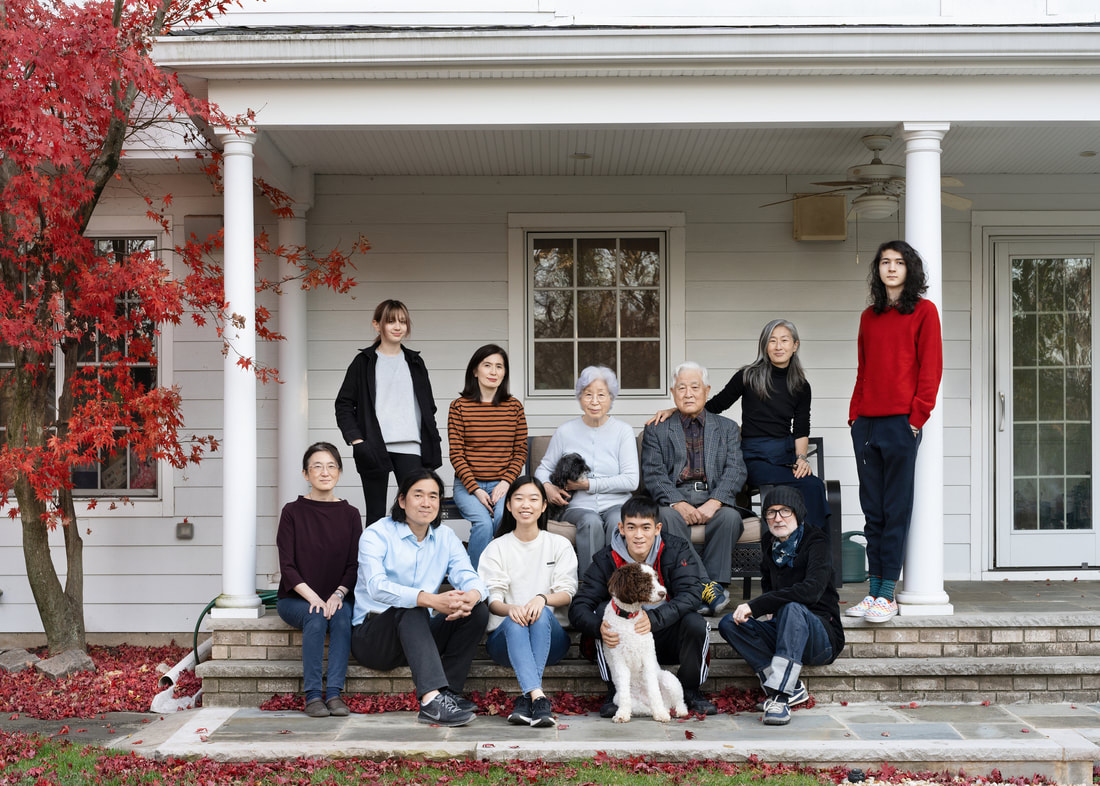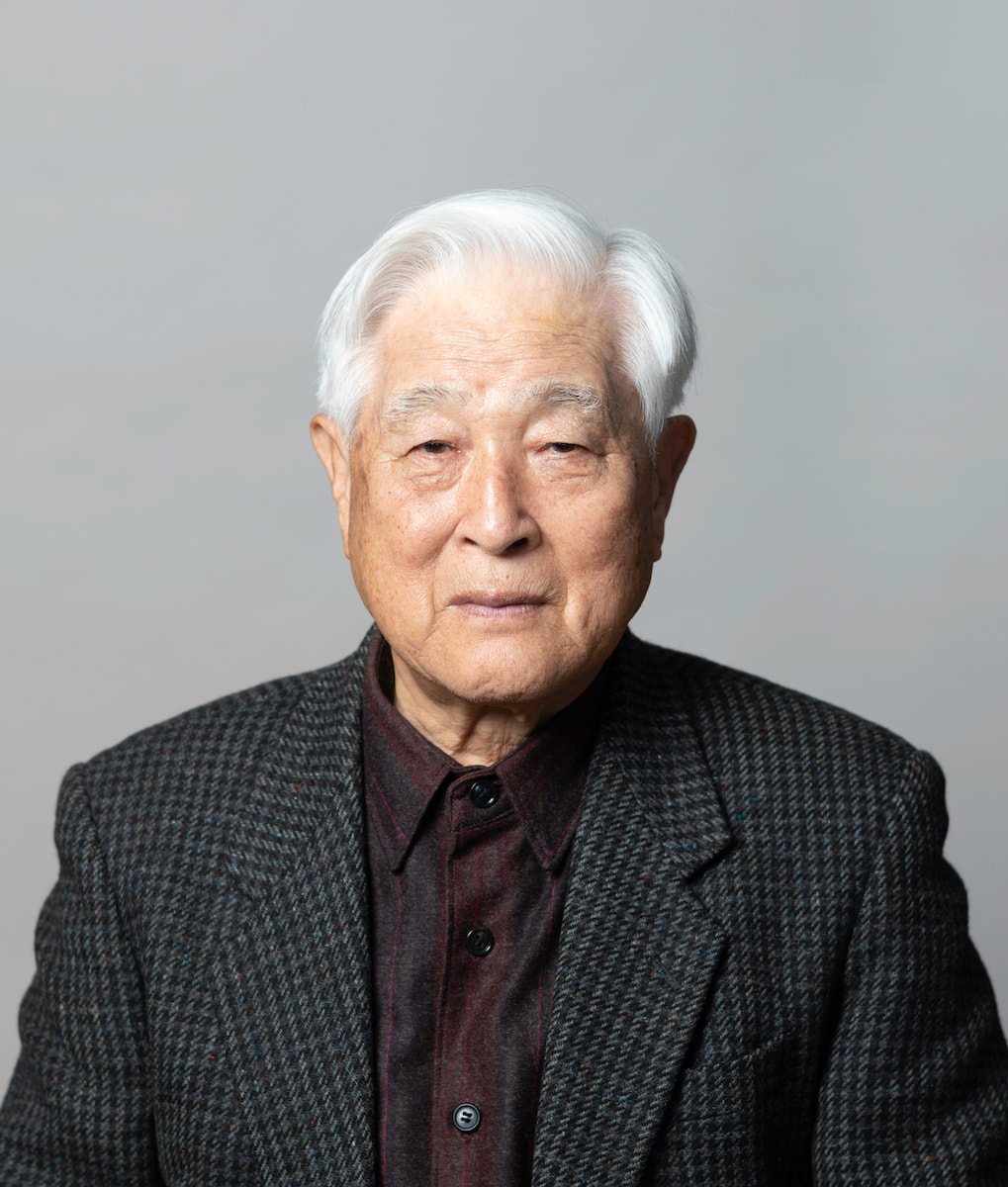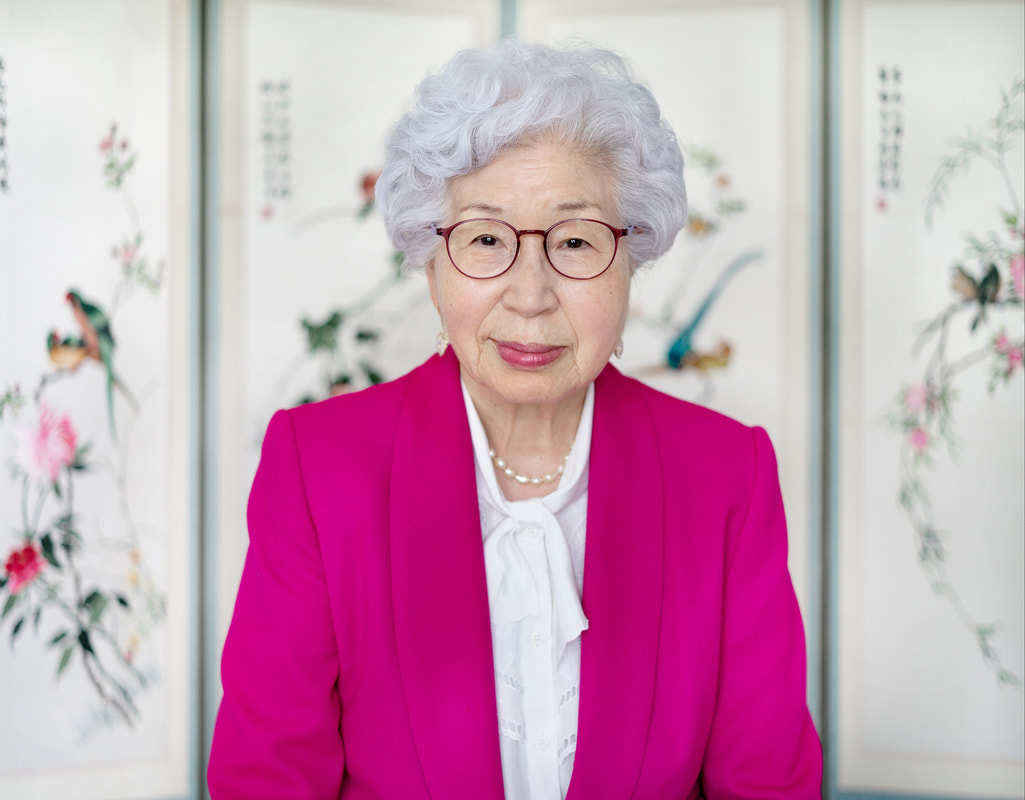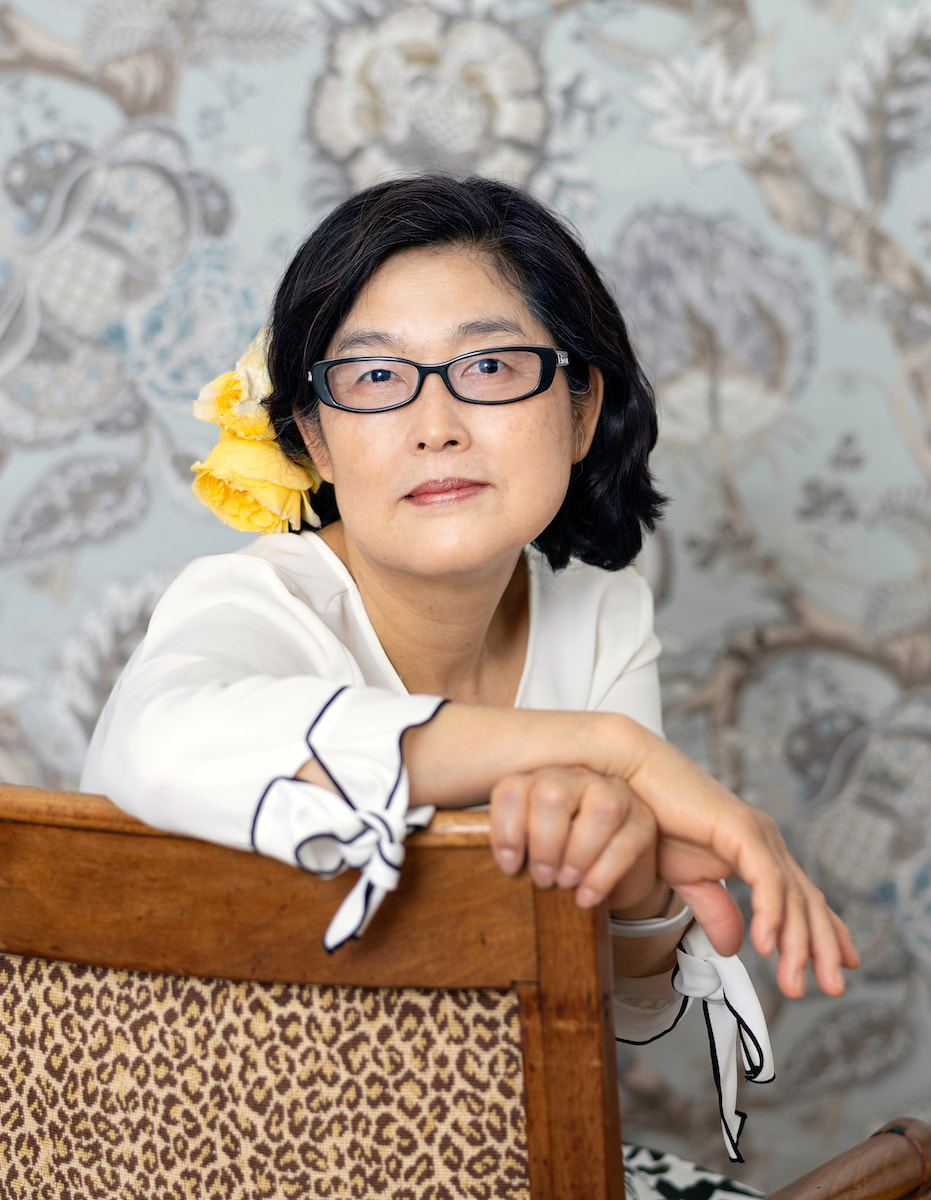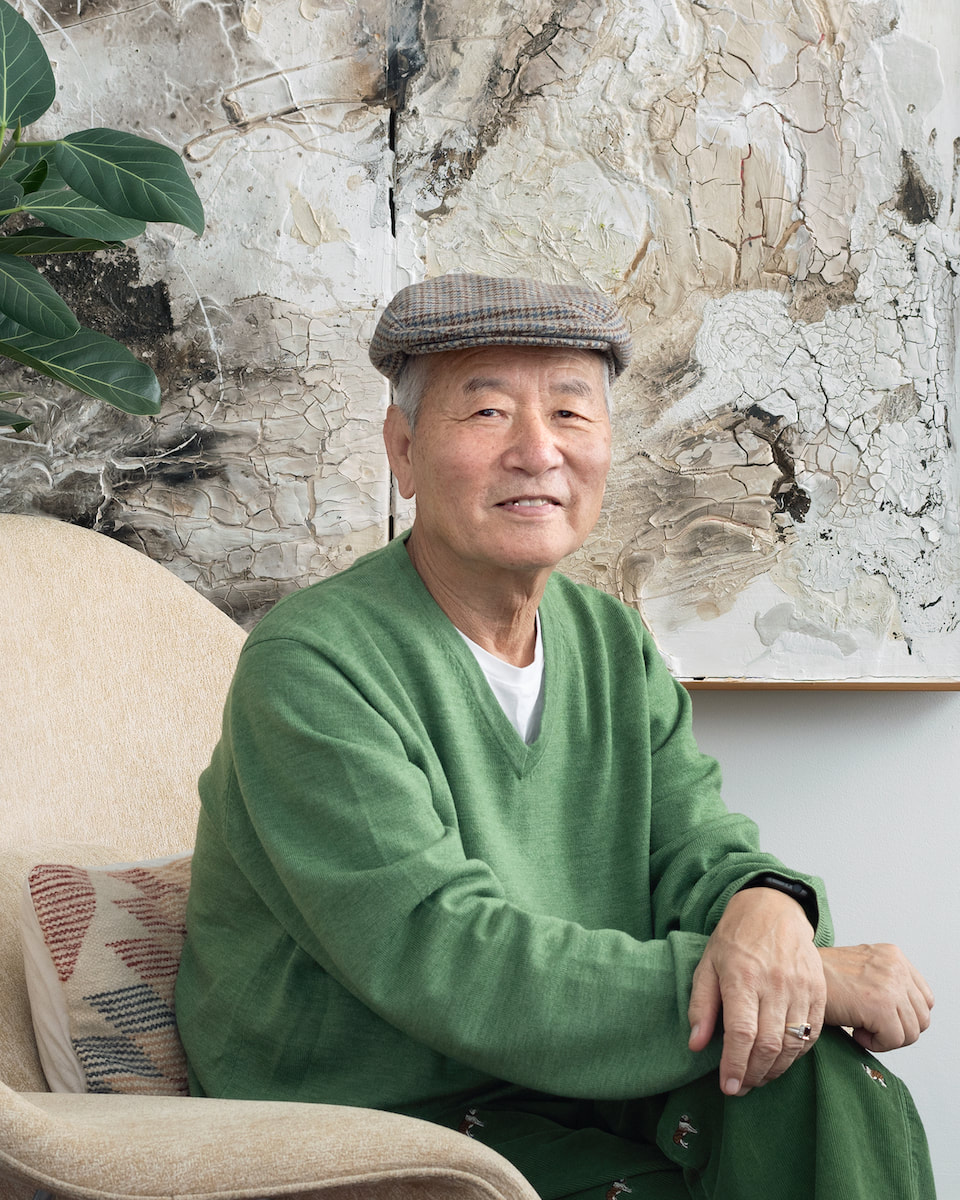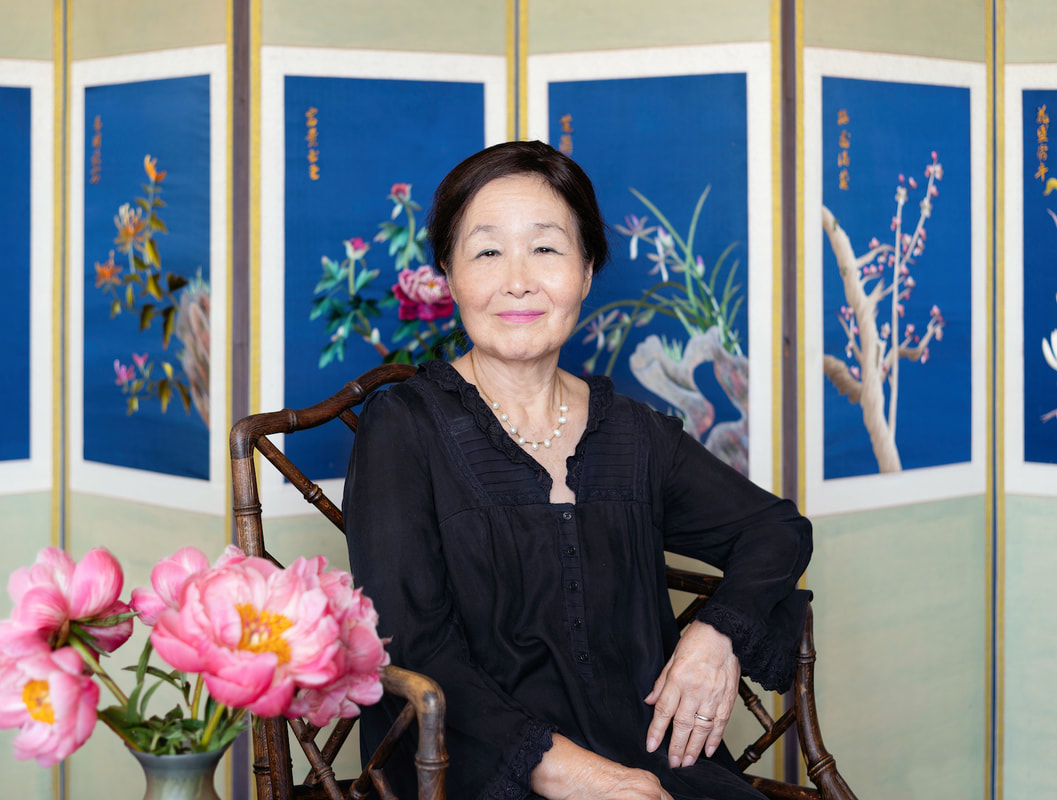We are all going to die.Photos & Text by Juliana SohnI’ve been thinking about death a lot lately. Not so much my death, though I do think about that too, but about the end-of-life, afterlife practices, and how none of the current options feel fitting to me. The end of life has been on my mind because during the pandemic, I was repeatedly reminded that my elderly parents fell in the high-risk category for illness and death. I’ve consciously become a more attentive daughter, and when I am with them, their mortality is tangible. There are so many factors to consider when making end-of-life decisions, and reckoning with my parents’ mortality has forced me to examine my parents’ beliefs, the traditions we have partaken in together as a Korean American family, and which of these family traditions I will continue once they have passed.
I was born in Seoul, but grew up in a conservative, Catholic, Korean home in suburban New Jersey. I only spoke Korean to my elders, we only ate Korean food at home, and we observed every Korean holiday. However, I never considered myself very Korean, because I didn’t speak Korean fluently and was desperate to distance myself from my parents’ Confucian beliefs. Instead, I nurtured an identity as a budding creative, immersing myself in pop culture magazines and the art scene happening in New York City. As an adult, I would meet Korean Americans who were raised wildly differently, and I began to understand more clearly that on a spectrum of Korean immigrant experiences, I was raised more traditionally than most. Being the child of parents who were both Korean and Catholic, I had received a double dose of conservatism. But if my parents were conservative, it also meant that we grew up with culturally rich traditions like making mounds of gimjang (김장) every Thanksgiving break before kimchi was easily available in Korean markets, wearing hanbok (한복) every New Year’s Day to bow to my elders, and observing jesa (제사), or ancestor worship rituals, when my halmoni (할머니) passed. My family’s funerary rituals are an intense mix of Catholic, Confucian, and Korean. We had a nightly prayer, yeondo (연도), in our living room for the first month after halmoni’s funeral, which concluded with bows before her youngjeong sajin (영정 사진)—her legacy portrait. I was a child and just followed along as my parents and uncles dutifully mourned 할머니 and performed our ancestor worship rituals. Our jesa observations, performed in some form at home, at church, or at the graveside, continued for three years. The memory of the ferocity of my family’s sorrow and rigorous observation of ritual have stayed with me. How could I possibly match that? Would I be expected to? This past year, I helped my parents make their wills; they gave me power of attorney, and I signed their health care directive. I felt that I was productively preparing for their death in a very American, legal way. For many Koreans, taking steps to prepare for death also includes preparing a legacy portrait to be used at their funeral and during ancestor worship ceremonies. I found this act of setting aside a portrait so meaningful and culturally significant that it’s become an important part of my photography practice. The act of setting aside a legacy portrait means that they have accepted their mortality and are working to leave something of themselves behind for the people who will survive them. I believe a beautiful portrait reflecting the spirit of the deceased can help those survivors mourn. When I make legacy portraits for my sitters, I ask them, “How do you want to be remembered?” “What personal characteristics do you want to portray in your portrait?” Then, I try to fulfill those wishes.
I come from a long line of Catholic Koreans; my father is the seventh generation. We count two saints who were martyred for their faith as ancestors. But I am not religious. It’s hard to stay with the church when you’re a progressive feminist who supports LGBTQIA+ and believes abortion is health care. When you leave the church, you leave behind centuries-old rituals that provide guidance and comfort through funerary ceremonies. I do believe rituals are important and serve real functions, so I’ve decided to start my own rituals and ancestor worship traditions. For this, I am not borrowing from the Catholics. I’m looking to jesa for guidance and wondering which aspects of these ancient rituals I can tailor to work for me. This is a work in progress, but so far, I am leaning towards celebrating my deceased loved ones during seollal (설날) by arranging a memorial on a table consisting of flowers and a portrait of each person accompanied by a favorite object or food offering. I would light a candle and leave it set up for the 15 days of the lunar new year. There will be bowing, but I am unsure how many times. There is still a lot of research to do.
What I’ve gained from working for so many years making legacy portraits is the importance of family and appreciating my parents while they are still living. I believe images are powerful. In addition to my legacy portrait work, documenting my family and other families gathered for special occasions or just enjoying a meal together has become the most meaningful images I make. They only become more precious with time. Juliana Sohn immigrated to America when she was five years old and grew up in suburban New Jersey, the middle daughter of three girls. She studied photography at RISD and currently lives in NYC, where she makes art and commerce. Her great clients, like The New York Times, The Wall Street Journal, LinkedIn, and MIT, enable her to make personal work centered on capturing and creating memories. Family portraiture and Legacy Portraits are the heart of this work. Additionally, she co-created and co-hosts K-Pod, a podcast featuring Korean Americans in arts and culture for the nonprofit Korean American Story.
Web: julianasohn.com, IG: @juliana_sohn |

